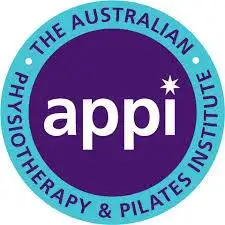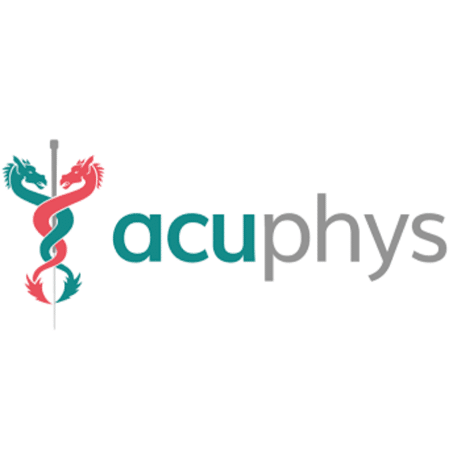Osteoarthritis Treatment
JL PhysioFit proudly provides expert injury rehabilitation and physiotherapy in Ponteland, North Newcastle, and the surrounding areas.
At JL PhysioFit, we follow a structured 4-step approach to help you recover quickly and confidently. We start by assessing your pain and identifying what’s driving it, then begin treatment using hands-on techniques to reduce pain, stiffness, and nerve tension. From there, we progressively build your strength and mobility so your body is more resilient and less likely to flare up again. Finally, we guide you on how to maintain your progress long-term, giving you a clear plan to stay pain-free and moving well.
What Our Clients Say...
What is it?
Osteoarthritis (OA) is a condition that affects up to 8.5 million people in the UK and is a condition in which the joints of our body become painful.
The onset of OA occurs in people aged 40 and over, with this increasing the older we get. OA is referred to as a ‘wear and tear’ disease but actually this isn’t the case with the vast majority of OA being attributed to genetics. There are exceptions to this, such as if you fracture a bone or damage ligaments around a joint you may be more susceptible to developing OA.
The most common joints affected are:
Knee
Hip
Lumbar spine (low back)
Cervical spine (neck)
Big toe (Hallux rigidus)
Ankle
Shoulder
Wrist
Fingers
How it might show up in your life?
You begin to feel stiff and sore in the morning or when getting up after a rest
Everyday tasks get harder, like walking, housework or doing the shopping
Activities like gardening are a struggle as kneeling and bending is painful
Sports/hobbies like walking, running, golf or tennis become difficult
Using regular painkillers and resting more often
Where you might feel pain?
Usually in the joint that is affected (knee for example)
Pain can also radiate away from the joint that is affected (hip can refer pain to the knee)
How it might feel?
Feeling of stiffness
Sore in the mornings and when getting up after a rest
Begins to ease as you get moving
Constant or intermittent (comes and goes)
Joint may feel hot, inflamed and look thickened
Pain is usually dull and throbbing but can be sharp
Why do I get Osteoarthritis?
Let’s take the knee joint as an example. A joint is where two bones meet. The knee joint is where the thigh bone (femur) meets the shin bone (Tibia).
The ends of each bone are covered and protected by articular cartilage, which is a smooth, shiny material that helps to provide shock absorption and aid fluid movement of the knee.
In an arthritic joint this cartilage is eroded away until the ends of the bone are exposed and come into contact with each other. This pressure causes nerve endings that live on the bone to become sensitive and painful.
Overtime the pressure results in bony spurs forming, which roughens the joint, making movement more painful.
The main issue with this process is that it forces us to move less because when we do, we experience more pain. As a result, we end up making the issue worse.
The knee joint (like many others) is a synovial joint and in order to stay healthy and function well, it needs to be hydrated with nutrients. It does this through movement and a clever mechanism of pressure and release, which acts to draw nutrients into the joint.
So hopefully it is clear that by avoiding movement and being static, we can actually make the problem and pain worse.
How do we treat Osteoarthritis Pain?
1) Assess
First we listen to you and take a detailed history of your pain and problem. Then we assess your body and painful joint using simple movement tests and screens.
We then explain your likely diagnosis and proposed treatment plan of exactly what we need to do to get you better.
2) Mobilise
Soft tissue massage and mobilisation
Joint mobilisation
Acupuncture and Dry Needling
Muscle Energy Techniques
Taping
Advice around lifestyle, posture and ergonomics.
3) Strengthen
4) Optimise
How do I get started?
Like to speak to someone first?
No problem, please call the main desk and if needed we can have a physio call you back to discuss your specific situation.





